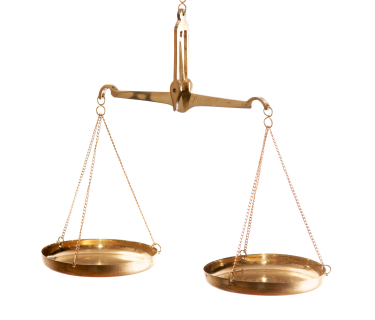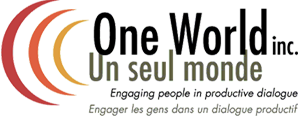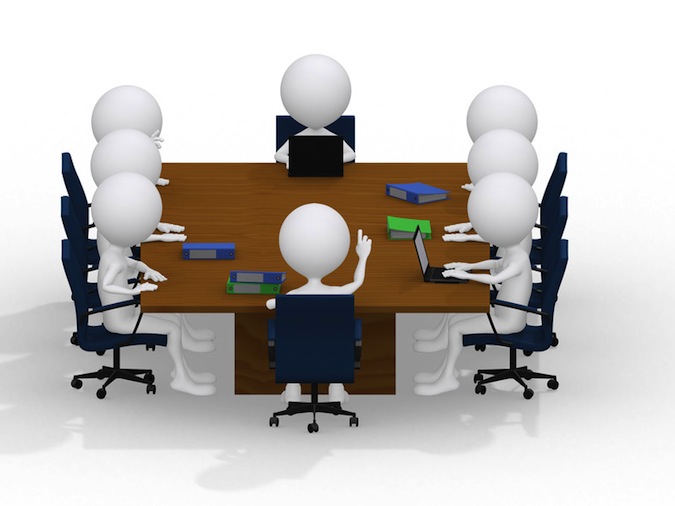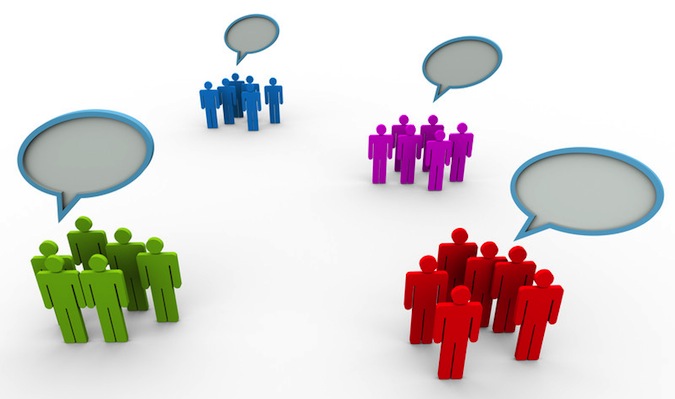Creating an Equal Playing Field in Democratic Society Through Dialogue
 In a democratic society, how important is it that all citizens have the same opportunity to engage? Do we want to hear different points of view, innovative ideas and creative solutions to problems? Of course we do, and as Canadians, we value active and fair participation and encourage important contributions and meaningful improvement. Yet supporting engagement in a Democratic society can be challenging and often, if the playing field is not level, important voices are not heard.
In a democratic society, how important is it that all citizens have the same opportunity to engage? Do we want to hear different points of view, innovative ideas and creative solutions to problems? Of course we do, and as Canadians, we value active and fair participation and encourage important contributions and meaningful improvement. Yet supporting engagement in a Democratic society can be challenging and often, if the playing field is not level, important voices are not heard.

 Prior to a successful consultation or other dialogue on a complex or challenging issue, an important preparatory step is to undertake what is called issue framing. The issue framing process names the problem or issue to be addressed and also develops three or four different options or approaches as to how the issue might be handled. The challenge with issue framing is that any options proposed must be viable. Significant up front work and research is therefore often required to both frame the issue and present options in a way that these can create an engaging and meaningful, platform for discussion.
Prior to a successful consultation or other dialogue on a complex or challenging issue, an important preparatory step is to undertake what is called issue framing. The issue framing process names the problem or issue to be addressed and also develops three or four different options or approaches as to how the issue might be handled. The challenge with issue framing is that any options proposed must be viable. Significant up front work and research is therefore often required to both frame the issue and present options in a way that these can create an engaging and meaningful, platform for discussion. Regardless of the type of consultation or engagement process that you are designing, it’s paramount that people come prepared with enough basic knowledge so that they are empowered to engage. Often, prior to a session, participants are given a handbook that they may take home and read through to become more familiar with the issue and the various approaches.
Regardless of the type of consultation or engagement process that you are designing, it’s paramount that people come prepared with enough basic knowledge so that they are empowered to engage. Often, prior to a session, participants are given a handbook that they may take home and read through to become more familiar with the issue and the various approaches.




